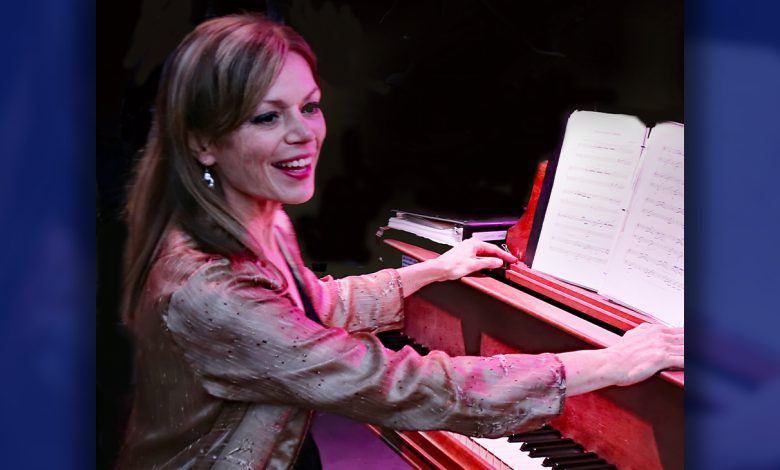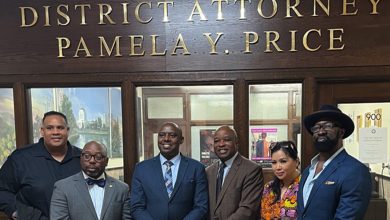Golden Gate Orchestra Presents World Premiere of ‘Elijah’s Call: An Oratorio for an Abolitionist Nov. 3

By Tamara Shiloh
Augusta Savage was a prominent sculptor and activist of the Harlem Renaissance, known for her artistic talent and dedication to encouraging and supporting African American artists.
Augusta Christine Fells was born on Feb. 29, 1892, in Green Cove Springs, Fla. She later took the name of her second husband as her
Savage began sculpting as a child using natural clay found near her home. Her father, a Methodist minister, didn’t approve of her sculpting and did whatever he could to stop her. She once said that her father “almost whipped all the art out of me.” Despite her father’s objections, she continued to make sculptures.
When the family moved to West Palm Beach, Fla., in 1915, she encountered a new challenge: a lack of clay. She eventually got some materials from a local potter and created a group of figures that she entered in a local county fair. Her work was well received, winning a prize and along the way the support of the fair’s superintendent, George Graham Currie. He encouraged her to study art despite the racism she encountered.
In the 1920s, Savage moved to New York City, where she attended Cooper Union, a prestigious art school that provided free tuition. She excelled there, completing her studies ahead of time and receiving scholarships for living expenses. Despite being rejected for a summer program in France because of her race, she persevered, using the incident to highlight discrimination. She gained recognition during the Harlem Renaissance, creating sculptures of prominent African Americans, including W. E. B. Du Bois and Marcus Garvey.
In 1929, Savage received a Julius Rosenwald fellowship, which enabled her to study in Paris, where she exhibited her work at the Grand Palais, a famous exhibition hall and museum in the French capital.
When she returned to the U.S. during the Great Depression, Savage turned to teaching and founded the Savage Studio of Arts and Crafts, mentoring young artists like Jacob Lawrence and Norman Lewis. She played an active role in the Harlem Artists’ Guild and worked with the Works Projects Administration (WPA) to support struggling artists.
One of Savage’s most celebrated works was The Harp, created for the 1939 New York World’s Fair. Inspired by James Weldon Johnson’s poem “Lift Every Voice and Sing,” the monumental sculpture depicted twelve African American youth as the strings of a harp. Although it was highly acclaimed, The Harp was destroyed after the fair ended.
In her later years, Savage retreated to a quieter life in Saugerties, New York, teaching children and creating art as a hobby. She was married three times and had one child, Irene.
Savage passed away on March 26, 1962, in New York City after battling cancer. Although she was nearly forgotten at the time of her death, today Savage is recognized as a pioneering artist, educator, and advocate for African American art and artists.





